Many manufacturers of chocolate bars have potential for optimization in terms of filling quantities. A more exact filling quantity control makes production more economical.
The management consultancy Höveler Holzmann Consulting, Düsseldorf/Germany, in collaboration with the International School of Management (ISM) in Dortmund, analyzed how strongly the filling quantities of chocolate bars fluctuate and how high the resultant savings potentials for individual producers are. It turned out that many companies can benefit from optimized filling quantity control.
In principle, the filling volumes must meet the requirements of the prepackaging regulations. For a chocolate bar that weighs 100 g, this means the nominal quantity (in this case 100 g) must be complied with on average, that only a maximum of 2 % of the packaging units may fall below the so-called technical lower limit 1 (TU1; 95.5 g), and that no package may fall below the technical lower limit 2 (TU2; 91 g).
To find out the extent to which producers have succeeded in realizing this optimization, the private labels of well-known food retailers and branded products of chocolate manufacturers were tested. Altogether, 40 different products were weighed with a sample size of 50 bars in each case.
For the evaluation, the average percentual overfilling or underfilling and a coefficient of variation were calculated for each product (see diagram). In the process, the coefficient of variation is calculated as the standard deviation divided by the mean, and it serves to make the scattering of the individual products’ filling volumes comparable.
The clear winner is the product Sarotti – Santo Domingo with an overfilling of just 0.35 %. At the same time, the filling process is so precise that hardly any package is underfilled. For the products from field 1, the filling weights and scattering are optimized, potential for improvement is low.
In one instance, underfilling was determined on average for the 50 packages weighed (field 2). Since this constitutes a violation of the prepackaging regulations, the filling volume has to be increased immediately.
In field 3, the probability is higher that the gauging office’s test will not be passed due to the higher scattering. The filling quantities initially should be increased here at short notice, and reduction of variances should be started.
Reduction of variations is the main lever in field 4. In part, the filling volumes can already be reduced directly as well without significantly increasing the control risks.
In field 5, the variations are low, but the filling volumes are still high. The biggest savings potential can be tapped here.
Altogether, almost all tested manufacturers have potential for optimization. According to first assessments, an average medium-sized manufacturer could save more than EUR 200,000 per year by controlling the filling volumes more precisely.
http://www.hoeveler-holzmann.com
http://www.ism.de



